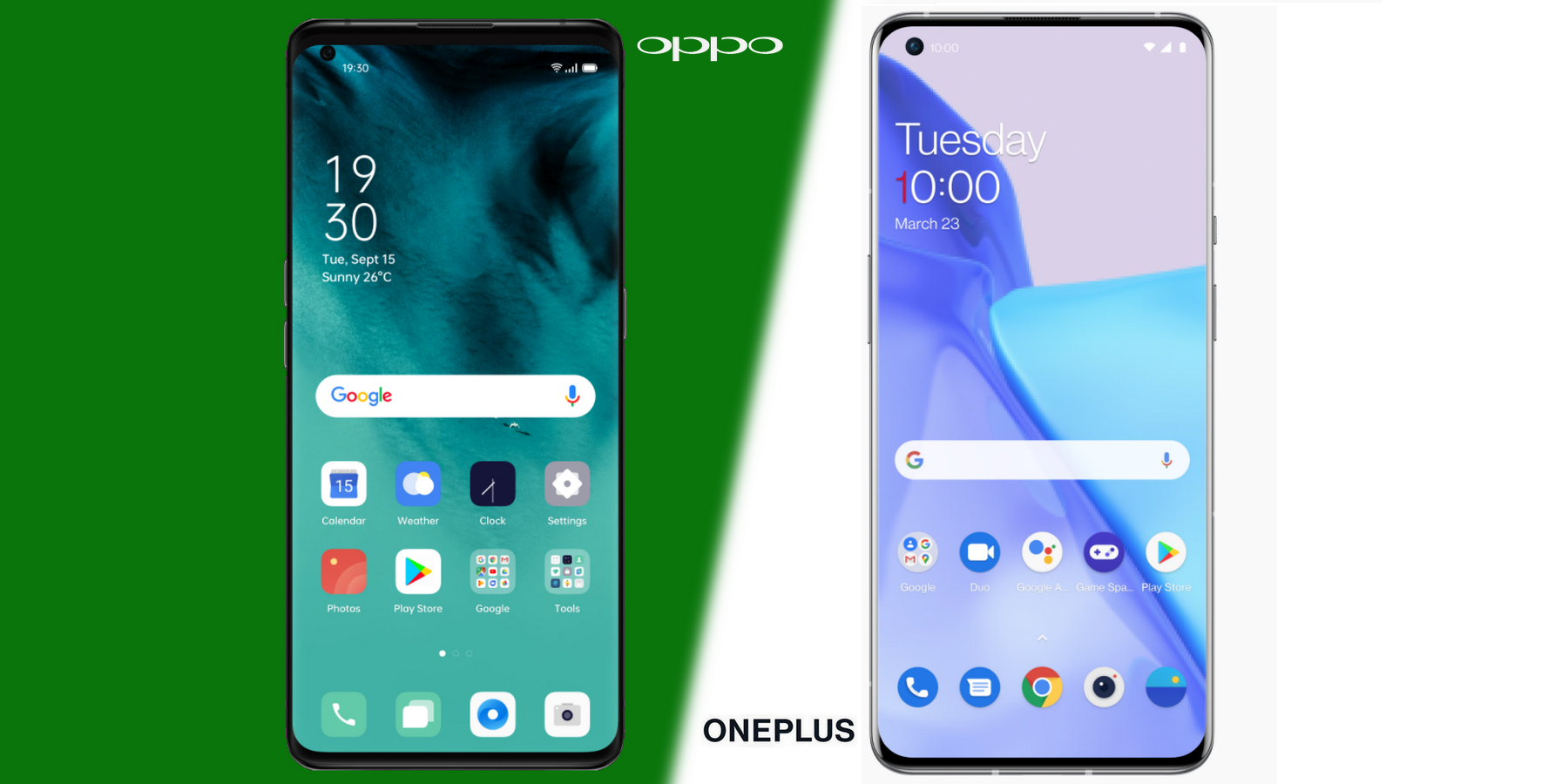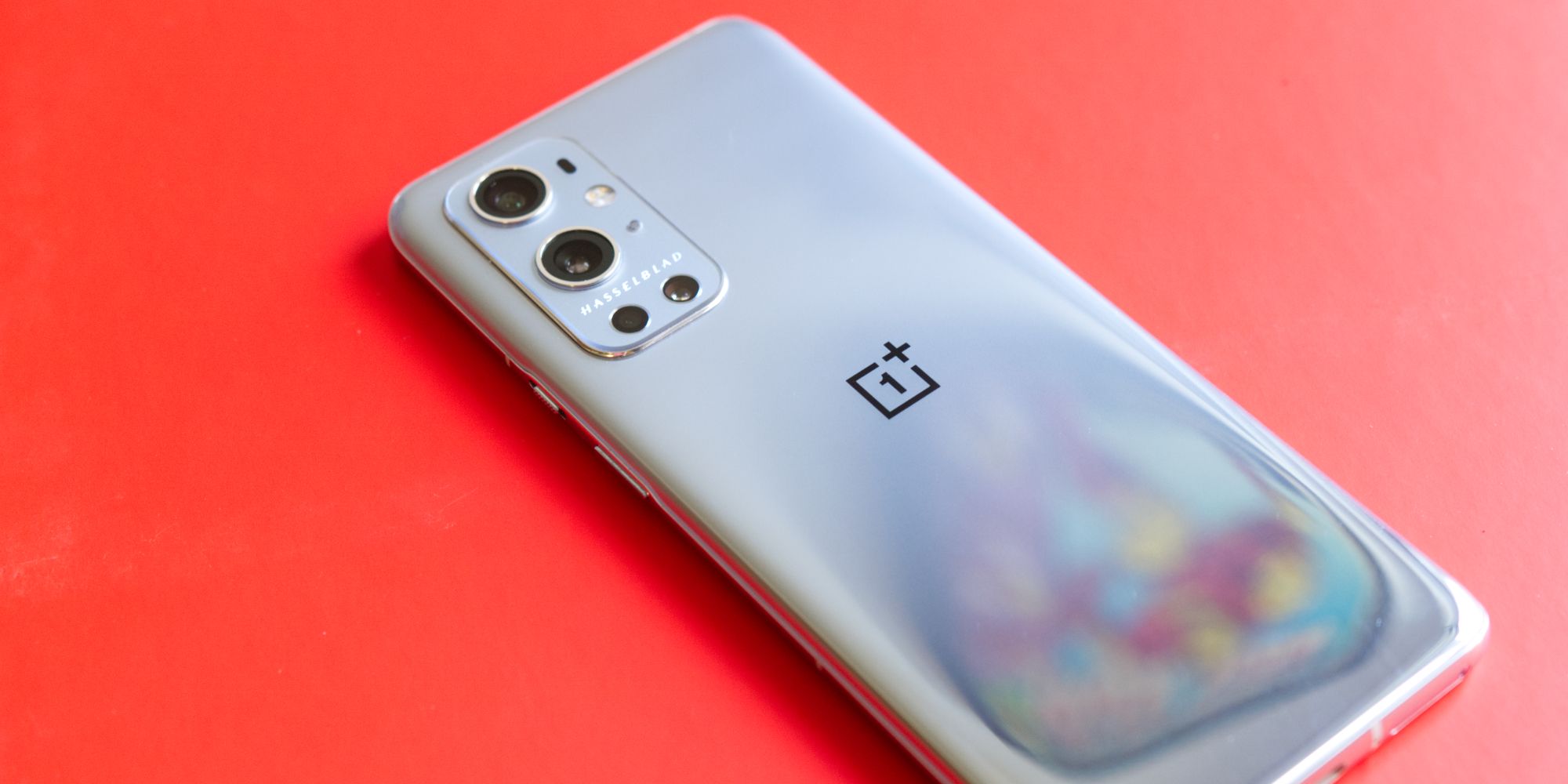The OnePlus-Oppo camaraderie has reached a new level as the two brands have decided to merge the codebase of their respective Android skins — OxygenOS and ColorOS. Earlier today, OnePlus announced its fresh commitment to rolling out Android updates, one that involves longer-term software support for phones. The announcement is promising as OnePlus’ recent track record with rolling out software updates, bug fixes, and security patches has been less than stellar.
Premium phones starting with the OnePlus 8 and its successors — including the ‘T’ and ‘R’ variants — will get three Android OS upgrades as well as security patches for a total of four years. This promise of better Android update support comes as a result of the strengthening synergy between the two brands, now that OnePlus is officially an Oppo sub-brand and the companies now share their R&D as well as supply chain resources. In fact, OnePlus co-founder and CEO Pete Lau is serving as Oppo’s Chief Product Officer and oversees the product strategy for both brands.
With R&D and supply chain being shared between the two brands, it was only a matter of time before the software development resources were also integrated. In an official blog post shared earlier today, Gary C. from the OxygenOS team revealed that OnePlus and Oppo are integrating the codebase of OxygenOS and ColorOS. What this means is that the source code used to make each Android skin is being unified.
Do OnePlus Smartphone Users Gain From A Codebase Merger?
The blog post notes that the codebase integration will help “improve efficiency and standardize the software experience” across smartphones offered by the brands. However, that doesn’t mean the OxygenOS and ColorOS skins are being merged to create a unified experience. On the contrary, OnePlus assures users they won’t even notice the change on the surface, as the codebase integration is essentially a behind-the-scenes difference that won’t reflect on the look and feel of each Android skin. The two brands are now banking on the benefits of having a larger team of developers to work on software and streamline the whole process. If having more hands on deck helps speed up software development and delivers updates at a faster pace, that is always going to be a welcome change.
The company notes that the codebase merger will allow it to move OxygenOS to a stronger and more stable platform. OnePlus’ upcoming devices will have their software based on this unified platform, while older phones will be moved to it via a software update that is slated to arrive with the Android 12 system upgrade. For users worried about ColorOS and OxygenOS skins eventually merging and becoming a single Android skin, that is not going to happen in the foreseeable future. Or, at least that’s what the company has promised. In the not too distant past, OnePlus announced that all of its phones sold in the global market will continue to run OxygenOS, while those sold in China will offer the ColorOS experience moving forward. For now, it appears that the only user-facing change as a consequence of the OnePlus and Oppo codebase merger is that updates will arrive at a faster pace.
Source: OnePlus Forum


